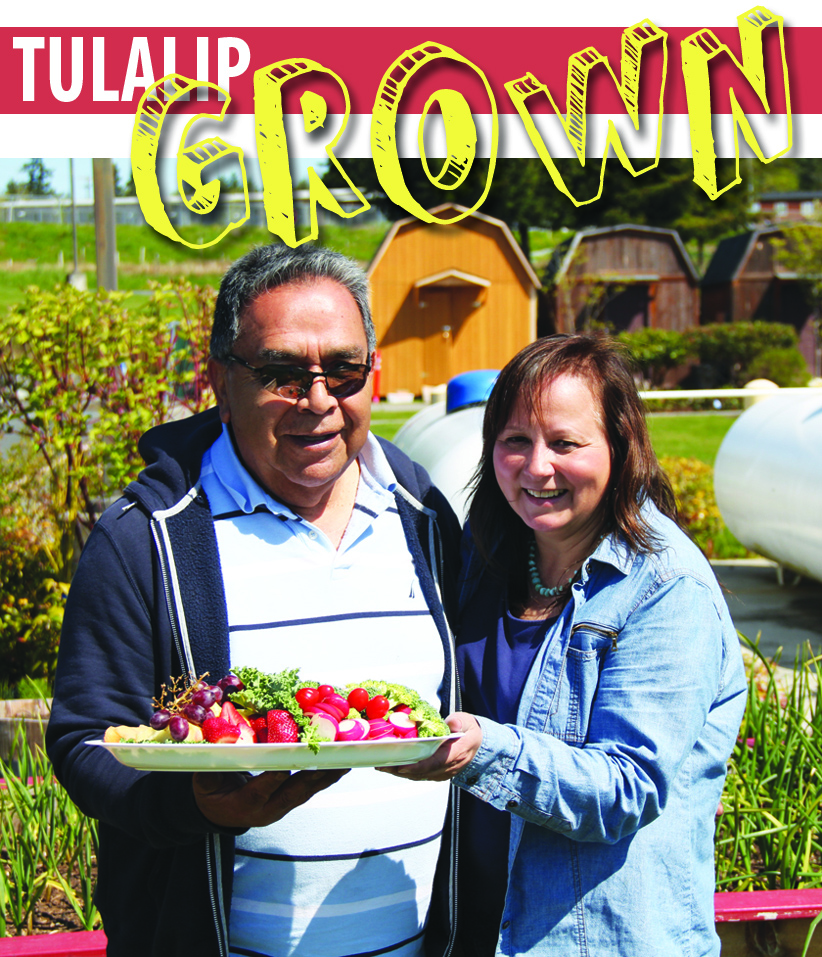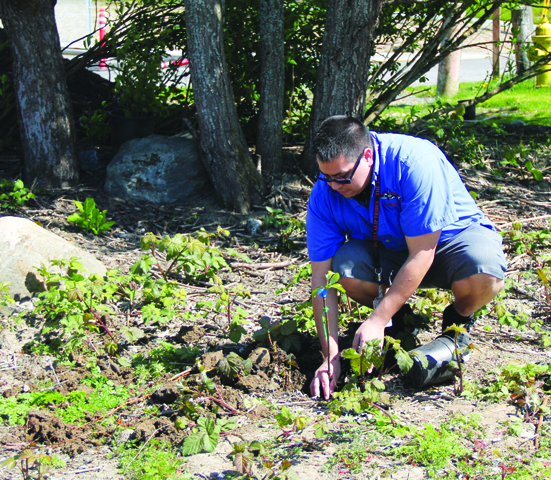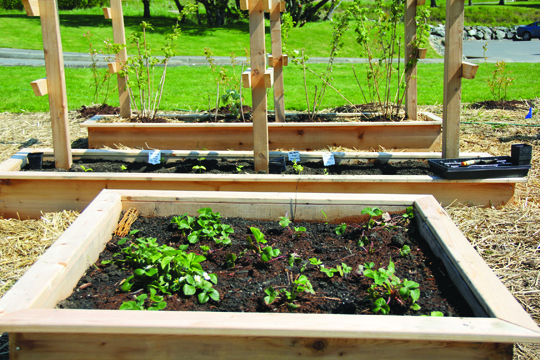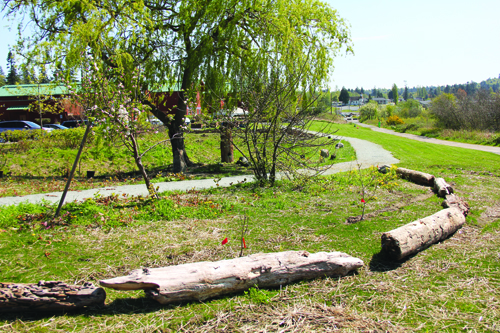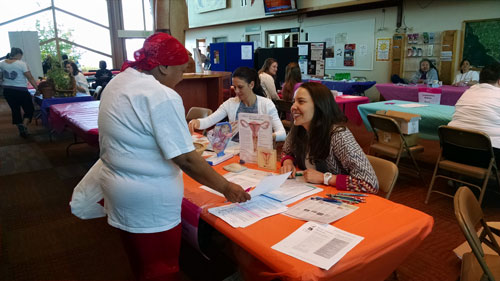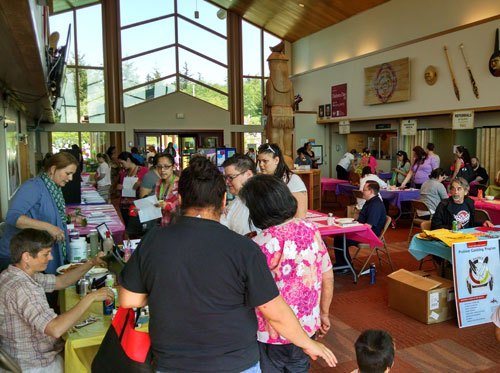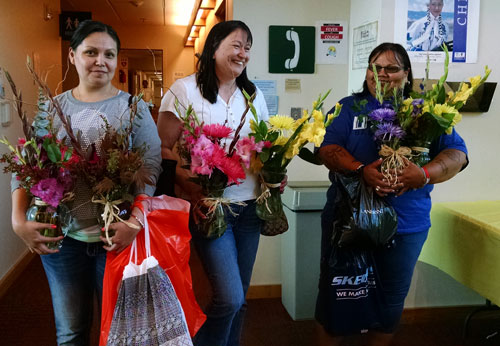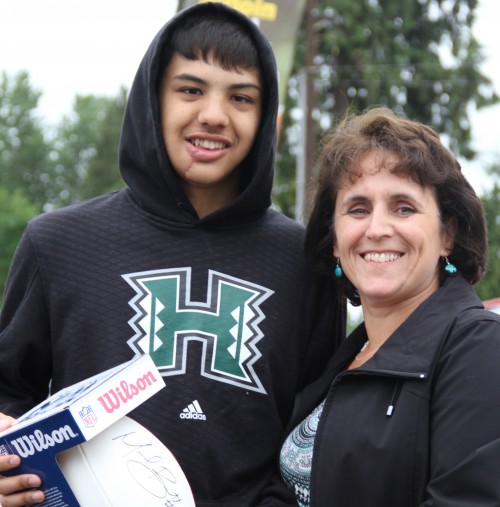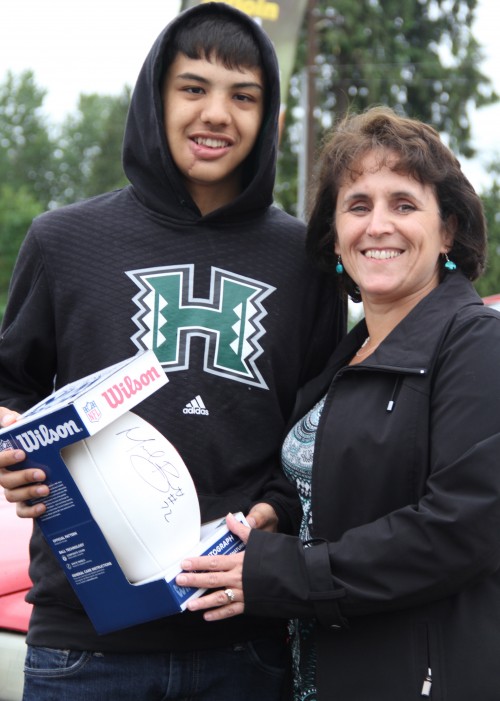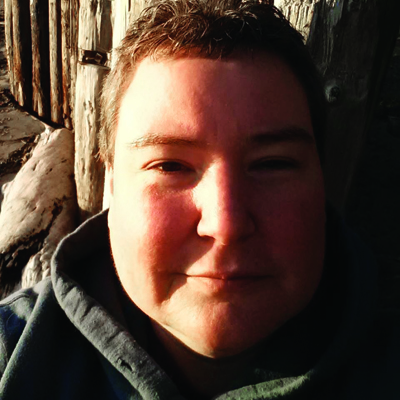by Brandi N. Montreuil, Tulalip News
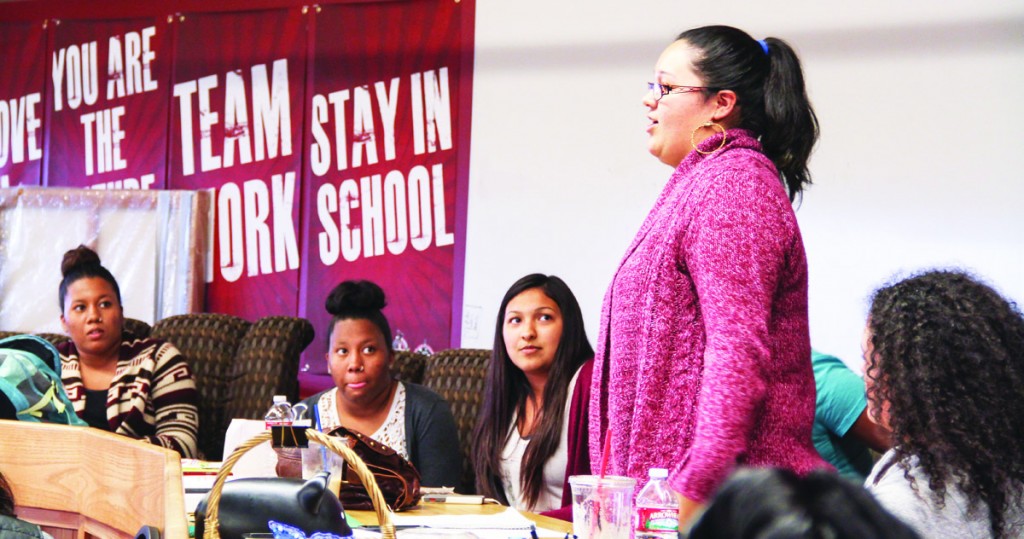
Photo/Brandi N. Montreuil
Native youth across Indian country are assembling to make a difference in their communities. They are known as the Gen-I movers and what they say will be heard by top-level leaders in Washington D.C. The goal is to get youth involved in their communities and to remove barriers to education and health opportunities, while growing leaders for future generations.
Generation Indigenous was announced at the 2015 United National Indian Tribal Youth (UNITY) midyear conference. Issued by President Obama this call to action, “is the first step in engaging a broad network of people interested in addressing the issues facing Native youth and creating a platform through which Native youth can access information about opportunities and resources, and have their voices and positive contributions highlighted and elevated.”
Tulalip youth have answered the challenge by creating the first ever Tulalip Youth Council. The thirteen-member council elected their officers on Wednesday, May 13, 2015.
Officers include co-chairs Andrew Davis and Mikaylee Pablo, vice-chairs Kayah George and Jlynn Joseph, secretary Ruth Pablo, treasure/ fundraiser coordinator Isabel Gomez, event coordinator Keryn Parks, media coordinator Cyena Fryberg, recruitment coordinator Tahera Mealing, and junior co-chairs Arnold Reeves and Krislyn Parks. Senior advisors are Santana Shopbell and Deyamonta Diaz. Each officer will hold a six-month term to establish the council. Elections will be held in November for one-year terms.
“This is something we have been looking forward to for many years,” said Marie Zackuse, Tulalip Tribes Board Secretary. “We want to hear from you. We know what we think might be important to you but we want to hear what is important to you, and through this we can.”
Many youth running for council mentioned wanting equal rights to opportunities and expressed a desire to support all youth in having a voice on the council.
“I want every single voice to be heard and I want us to be the voice of change in the Tribe, not just talk about it, but be that change,” said Kayah George, vice-chair.
“I speak from my heart and I want to see my community change in a positive way. I want to break the chain in my family and graduate from high school,” said Mikaylee Pablo, who encouraged her peers in her election speech to prove people wrong about negative reputations. Pablo was elected as co-chair along with Andrew Davis, who said he wants to get youth involved with community events and have a youth presence at ceremonies.
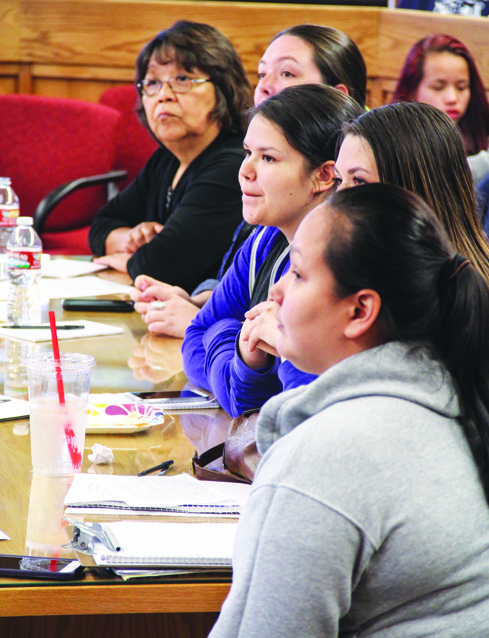
Photo/Brandi N. Montreuil
While no projects have been decided on yet, youth will meet regularly and participate in national challenges such as working in their community and volunteering with local organizations or schools. Meetings will be scheduled at a later date for the council to brainstorm with youth on how to address issues of concern in the community.
As part of the national Gen-I challenge, youth will document their community efforts and projects through photos and video, which will be used to share their stories at the National Native Youth Network. Youth will also have the opportunity to represent their tribal communities at the first ever White House Tribal Youth Gathering in D.C. this summer.
“You all are future leaders,” said Zackuse. “You are role models and we are excited to see what you achieve.”
For more information on the Tulalip Youth Council please contact Jessica Bustad, Tulalip Youth Services Education Coordinator at 425-280-8705 or Natasha Fryberg at 425-422-9276.
Contact Brandi N. Montreuil, bmontreuil@tulaliptribes-nsn.gov



